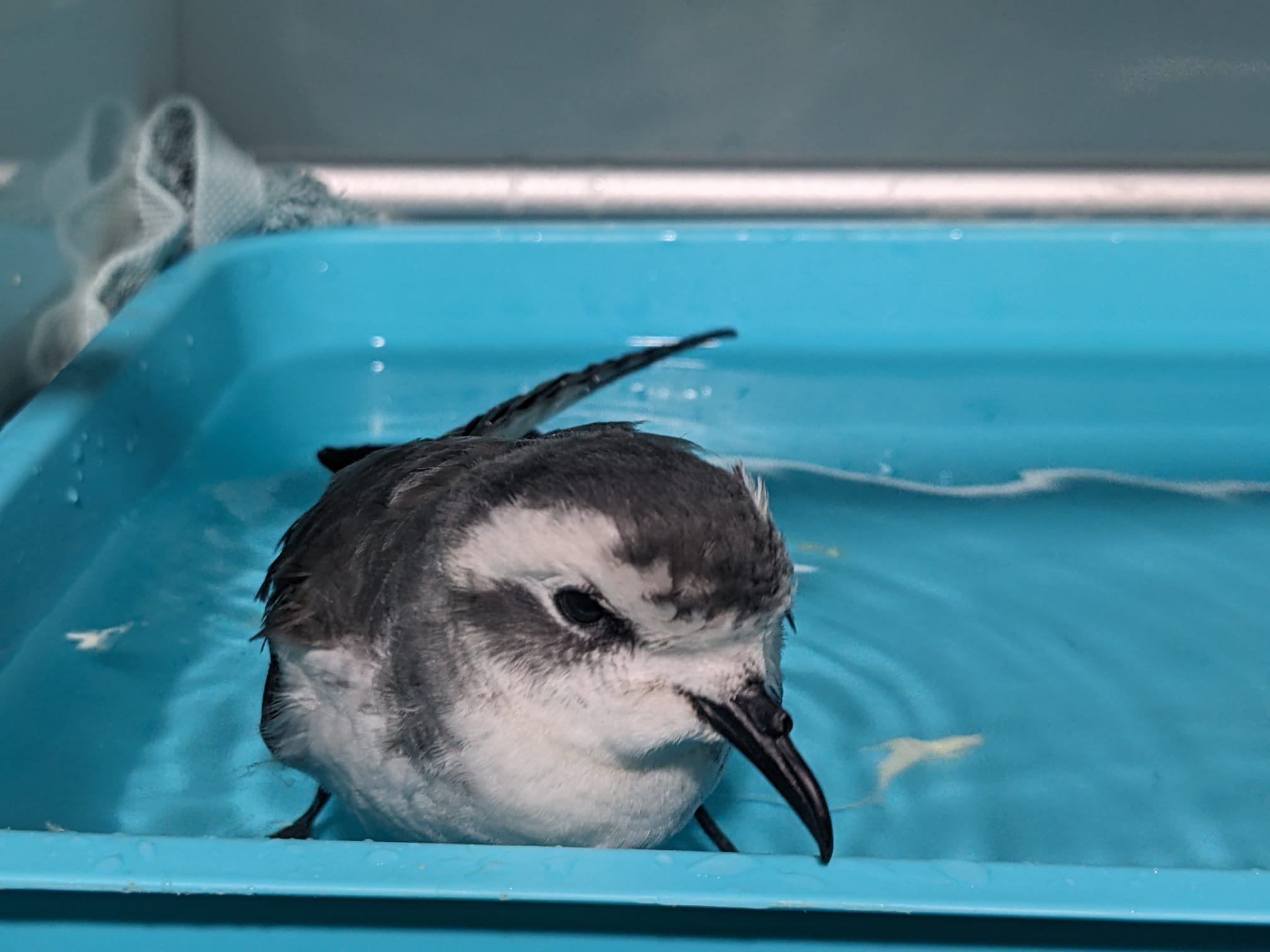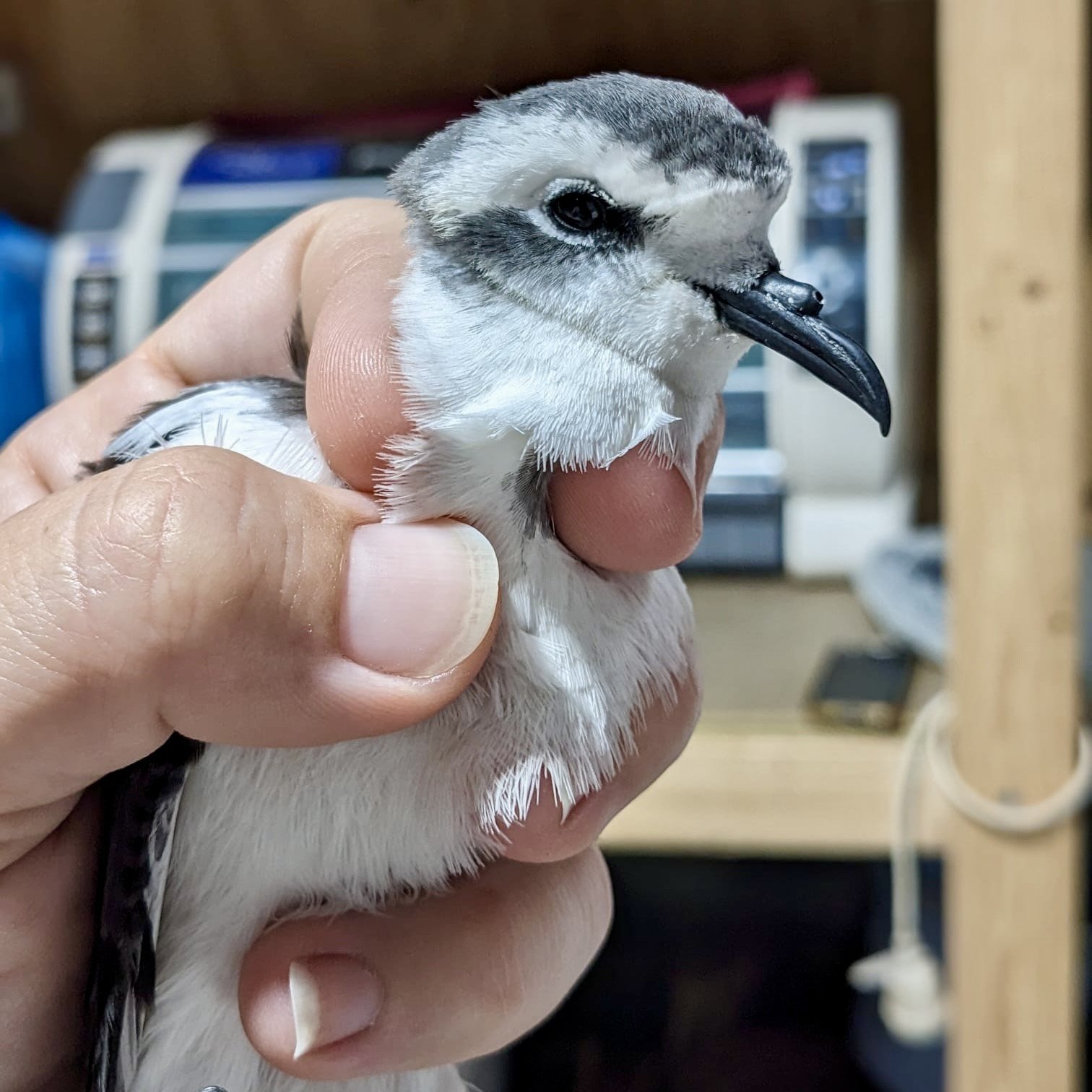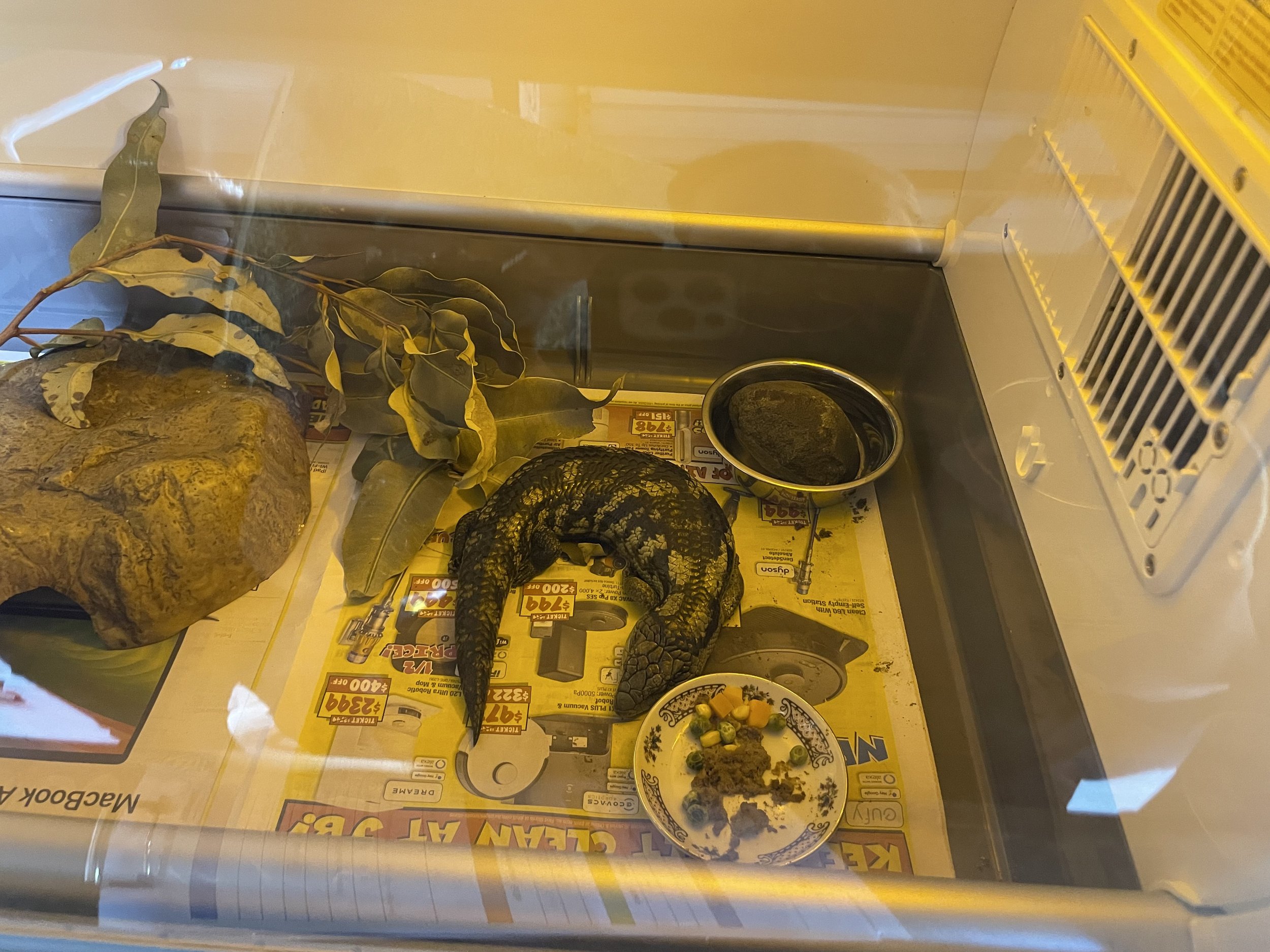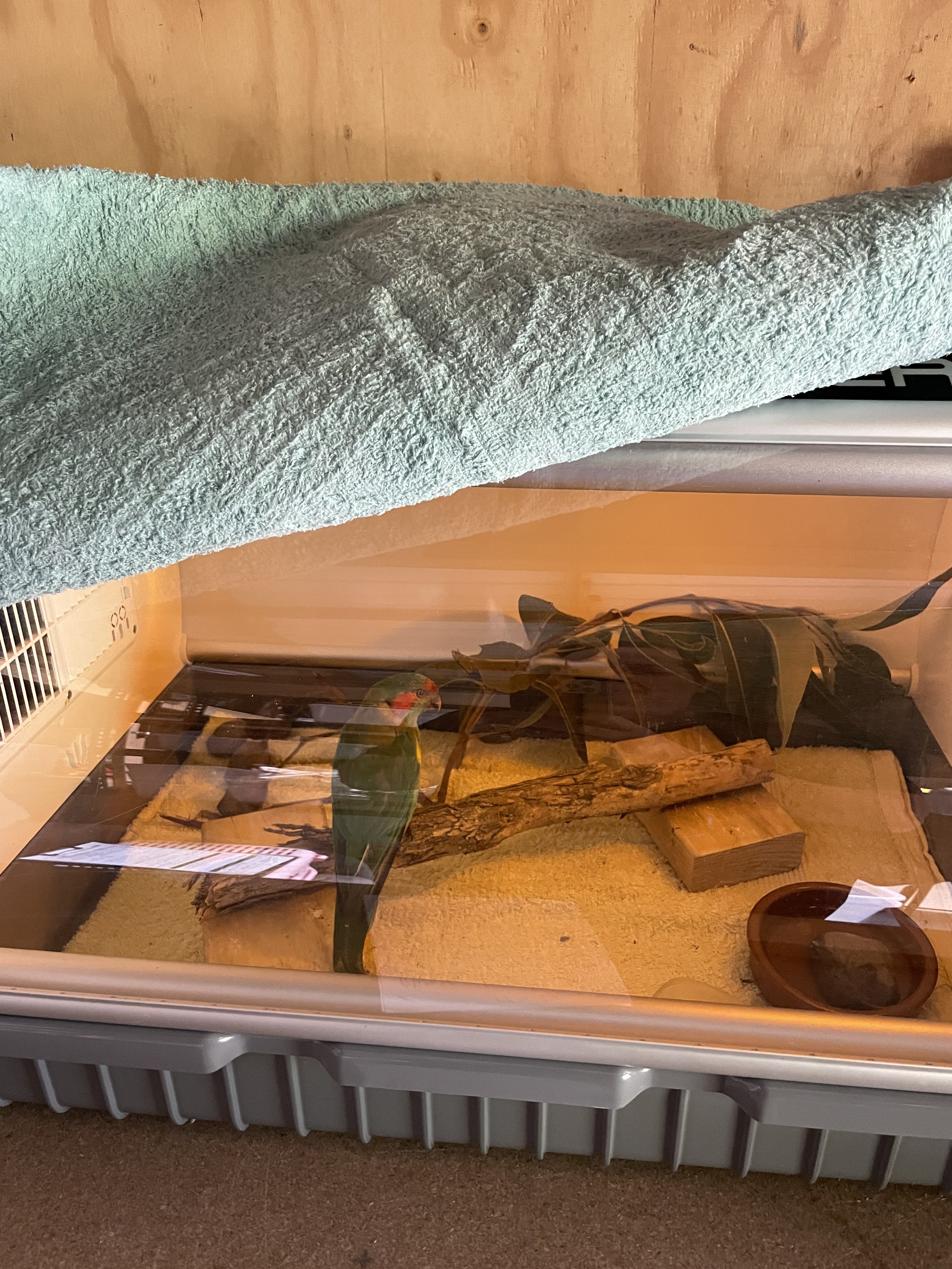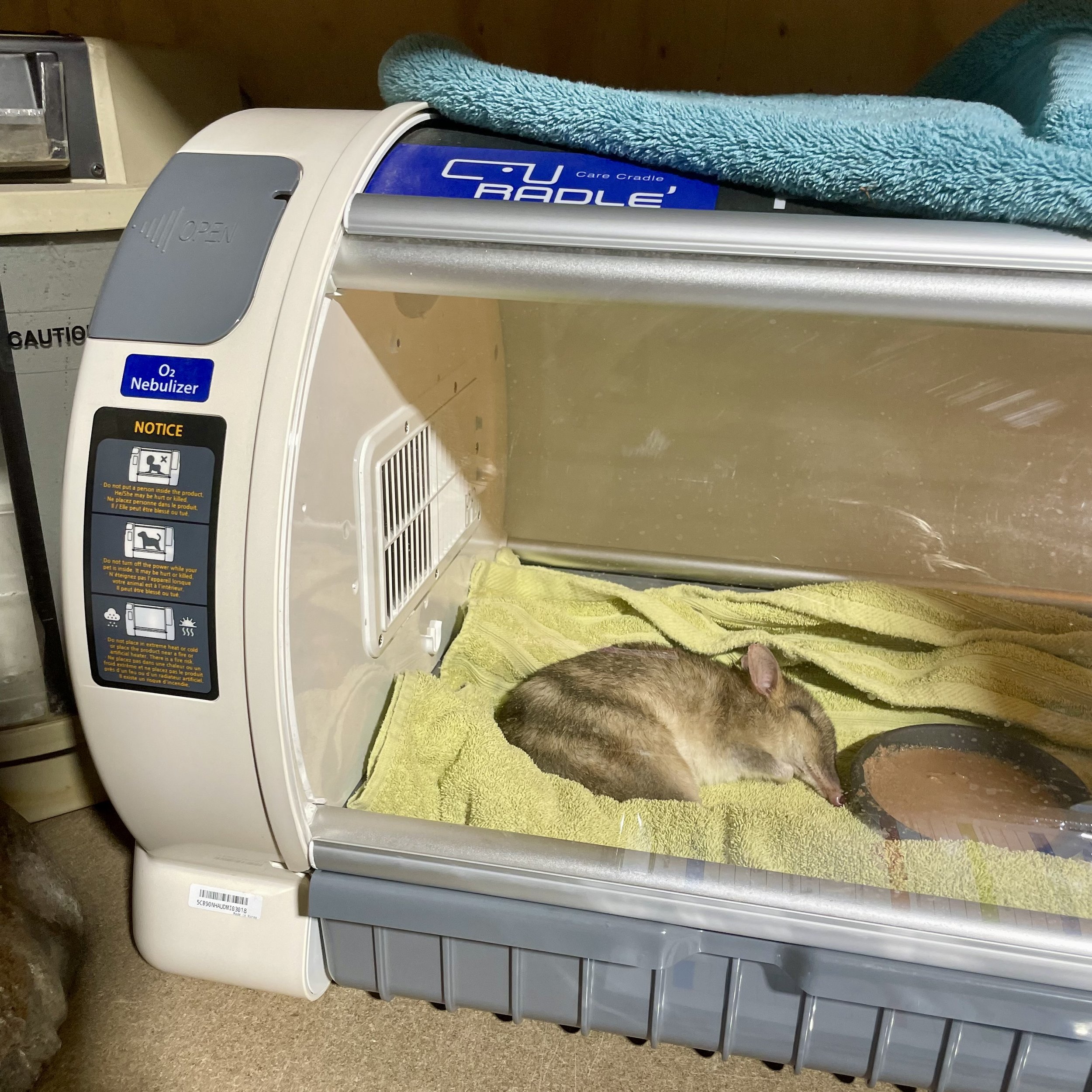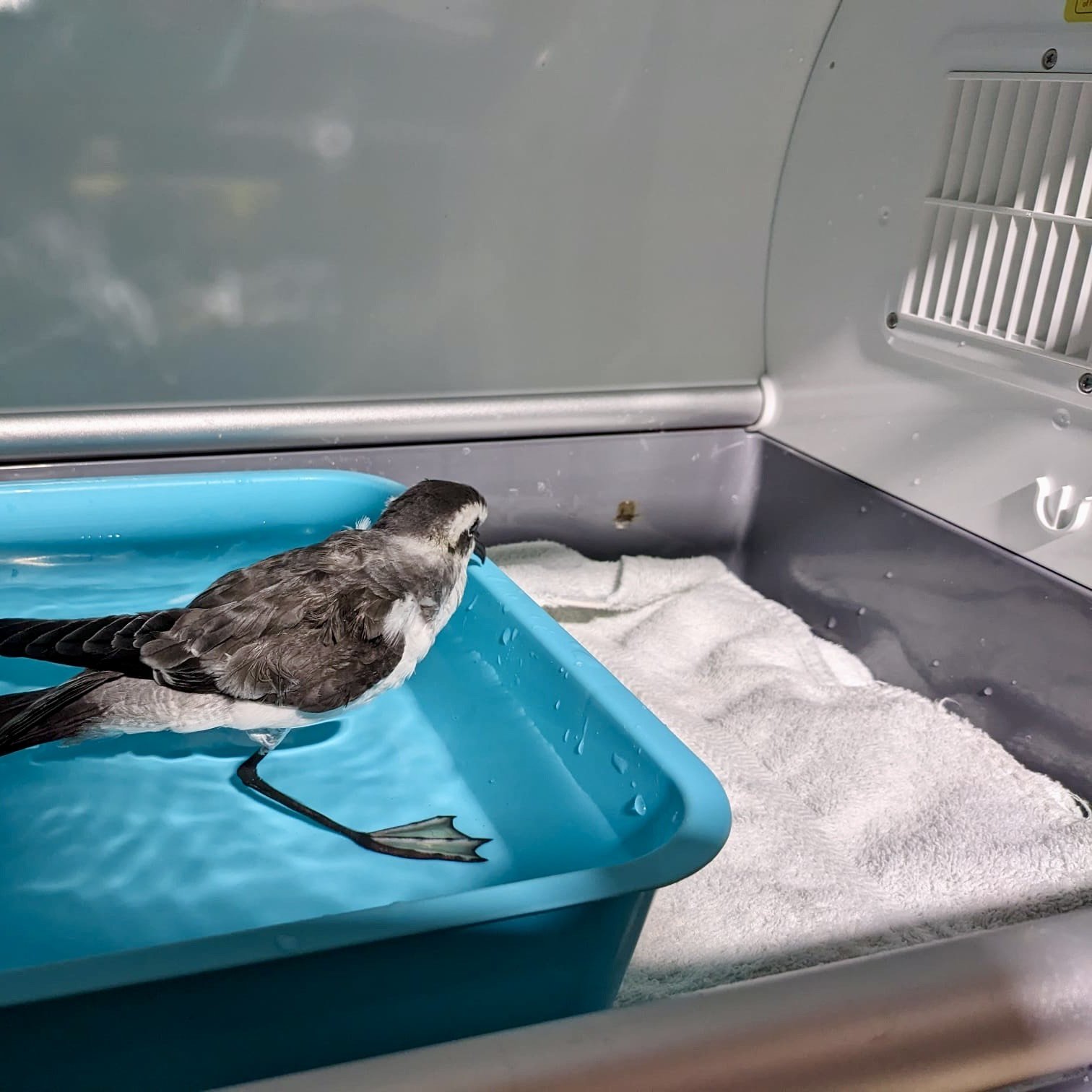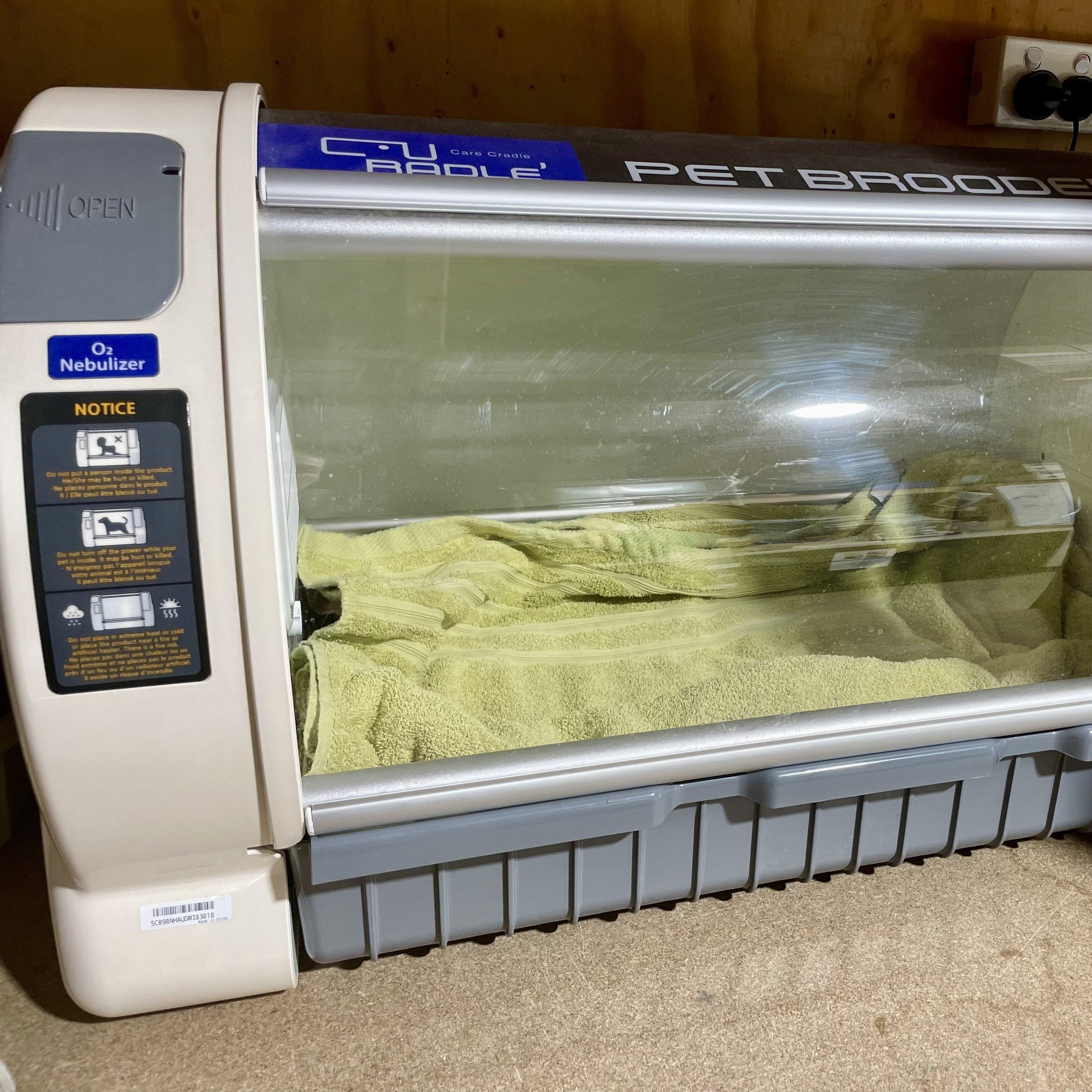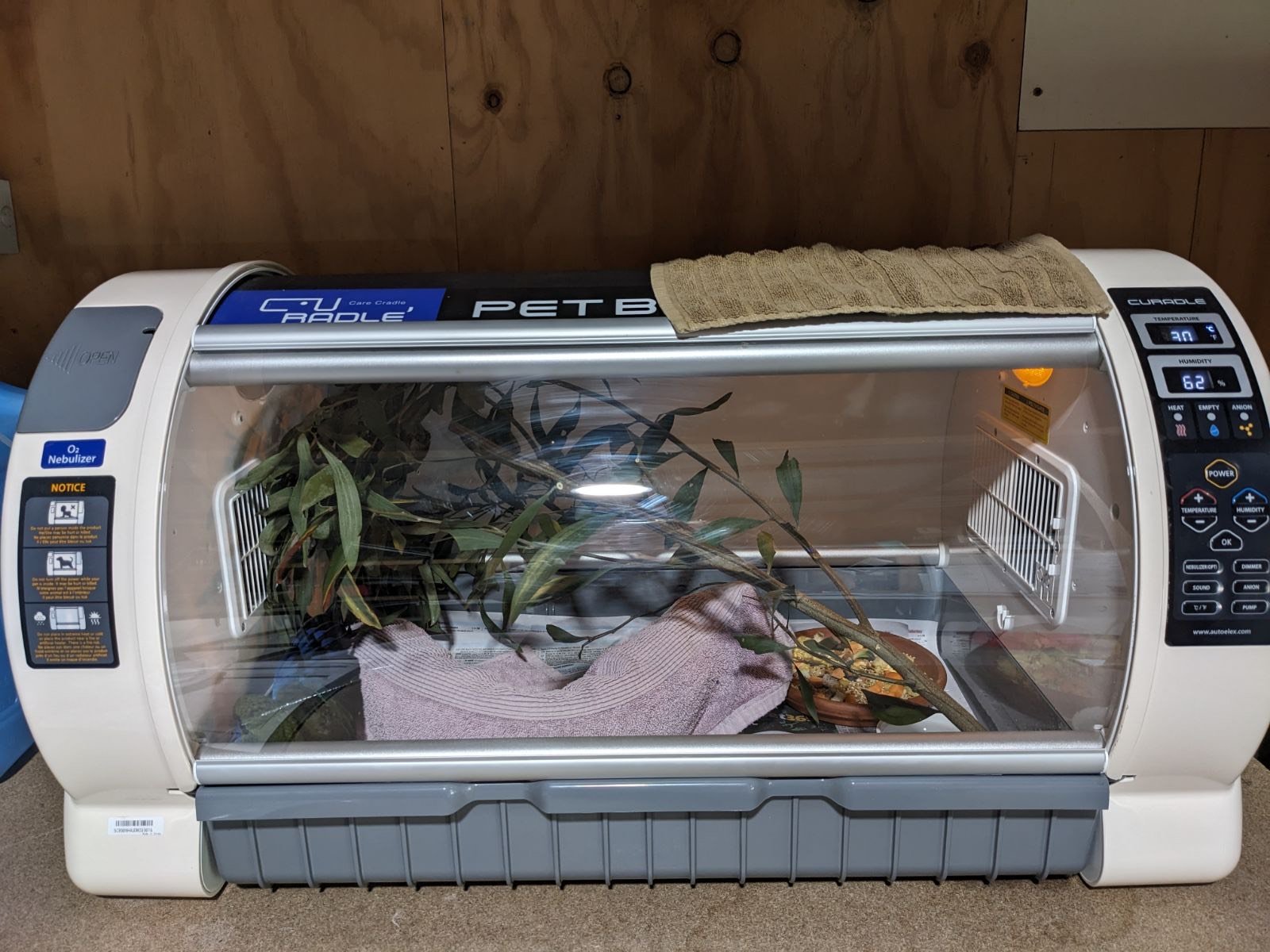WIRES Grant Recipient News
We are pleased to announced that we were recently successfully with our WIRES Grant Application. This grant funding has allowed us to improve wildlife treatment and care via our charity partner Tasmania Wildlife Hospital with two critical equipment purchases:
The purchase of a lead blood analyser to reduce diagnostic timeframes for blood samples from 24-48 hours (external lab) to 15 minutes in-house.
And the purchase of two ICUs to expand our in-house capabilities for critical care. These ICU’s help regulate environmental conditions and disburse misted medication, accelerating the recovery process for wildlife needing critical-care
Our two new two care units have already arrived and have been so helpful in supporting sick and vulnerable wildlife in our care. They have been getting a serious workout since they arrived - from joeys to bandicoots to injured reptiles to lost and confused pelagic birds.
The feathered cuties pictured above resting in ICU are pelagic birds, which means they live out on the open ocean, and we don't often see them on the mainland.
They normally only come ashore for breeding, which happens on the outlying islands in Bass Strait.
The main reason we see them coming onto the Tasmanian mainland is due to storm events, like high winds out in the ocean. Another reason is light pollution. The lights that humans have built along the shorelines can cause these little birds, especially the young ones in their first season, to become confused. This means they end up flying in the wrong direction and landing somewhere they didn't intend to.
These two birds showed up within six hours of each other on the North coast. Thankfully, neither of them has any significant injuries, and after some TLC using the ICU units they were released back into the wild.
These two new ICU units were purchased with grant funding from WIRES through their annual National Grants Program.
For more information go to:
https://www.wires.org.au/wildlif.../national-grants-programs
Thank you WIRES for your support

